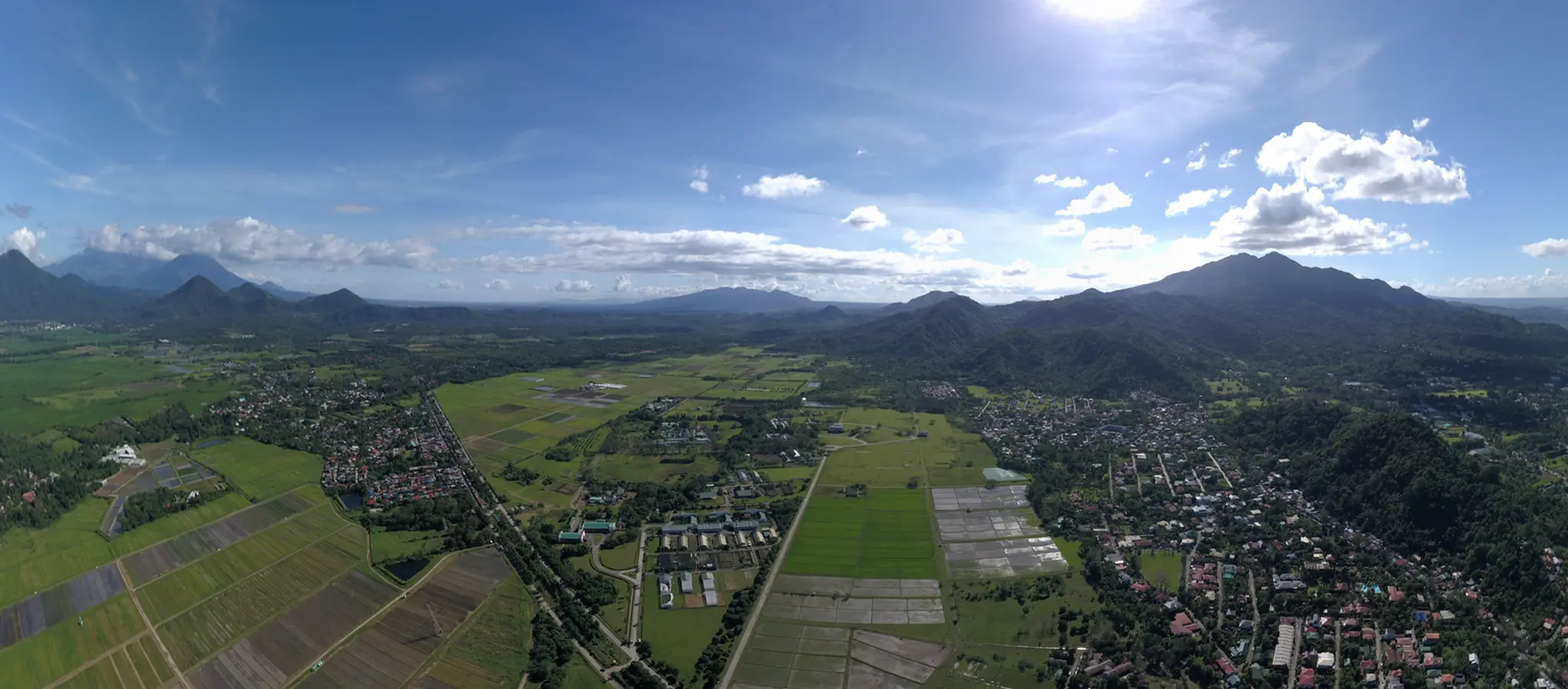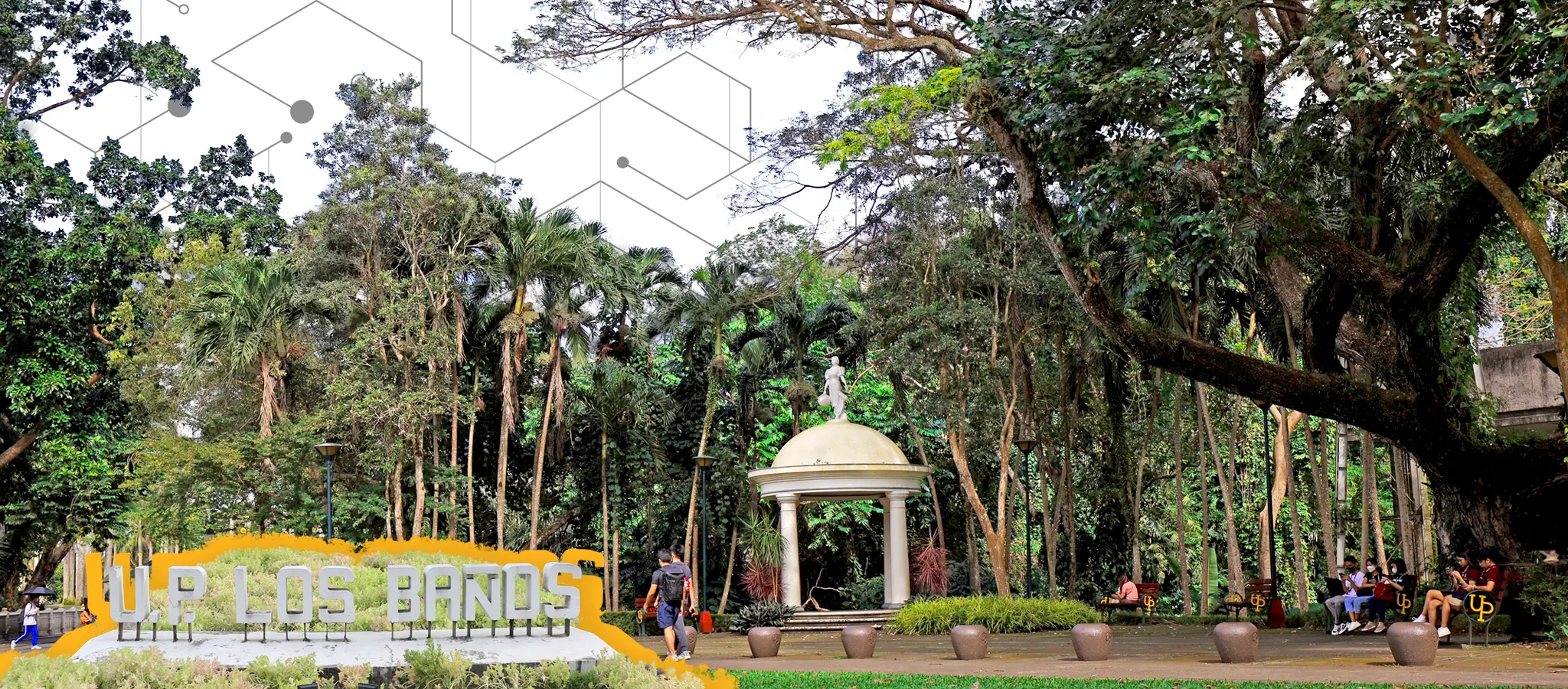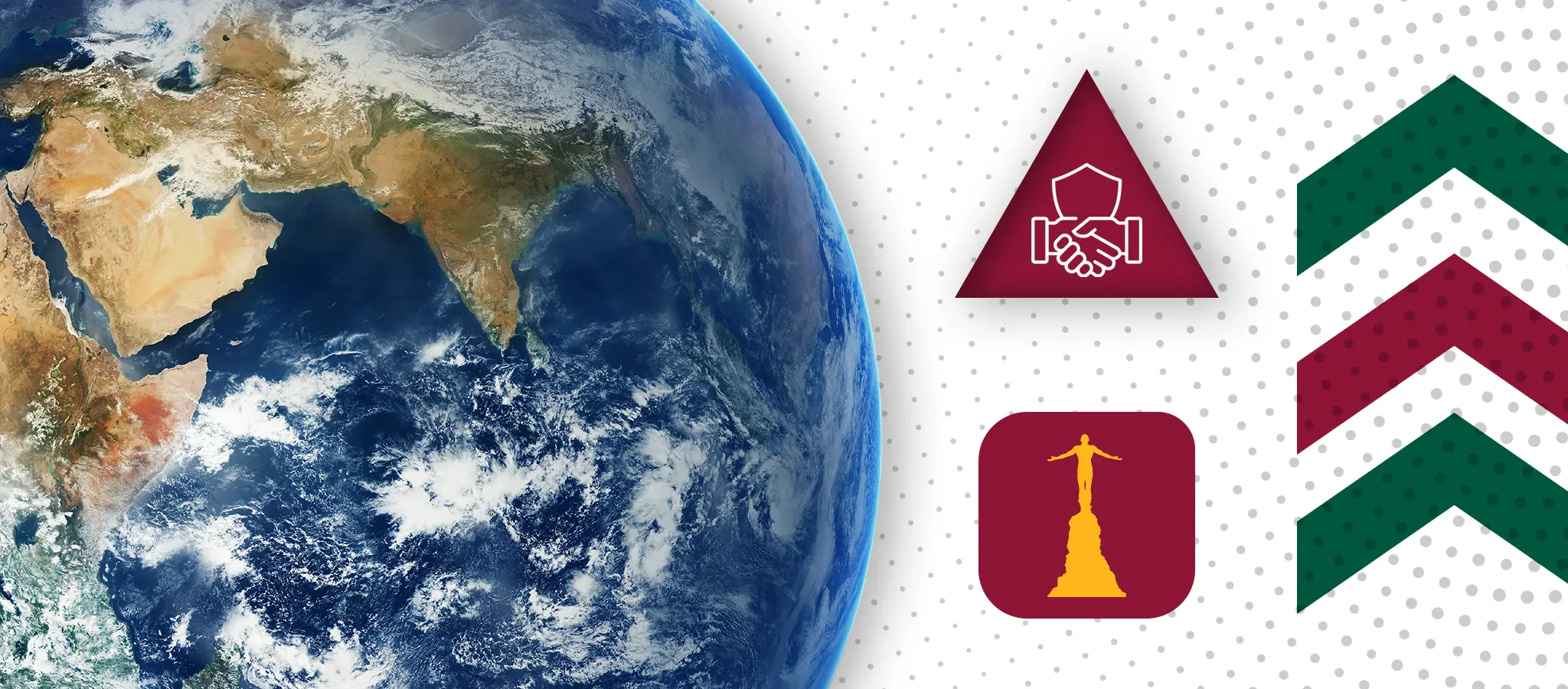
Deep under the permafrost of Svalbard on the remote island of Spitsbergen in Norway, halfway between the Arctic Circle and the North Pole lies a structure – a seed vault. Should a catastrophe escalate and wipe out the planet’s biodiversity, this vault will enable humanity to recover seeds for key plant genetic resources for food and agriculture. It is food security’s last stand in this planet’s uncertain future.
Established 10 years ago, the Svalbard Global Seed Vault (SGSV) opened in February 2008. Now, it shelters around one million seed samples from 76 depositors from around the world. It has the capacity to house approximately 4.5 million seed samples, or around two billion individual seeds. The Philippines has a total deposit of 2, 254 accessions of nine species.
The seed vault was designed for long-term seed storage at minus 18 degrees Celsius (minus 0.4 degrees Fahrenheit). The permafrost ensures the continued viability of the seeds should the mechanical cooling system fail.
Seed samples, sealed in aluminum foil envelopes and stored inside sealed boxes, are duplicates from national and international gene banks. In the event that these gene banks are unable to function or become inaccessible as a result of natural and man-made disasters or due to lack of resources, the depositor can withdraw them from Svalbard to re-establish its collection.
Such was the case when the International Center for Agricultural Research in the Dry Areas (ICARDA) lost access to its gene bank in war-torn Syria. The Center withdrew some of its seed deposits from the Seed Vault to reestablish operations in Morocco and Lebanon.
The Svalbard Global Seed Vault is a project with global and historic significance. It is an important contribution towards reducing hunger and poverty in developing countries by conserving genetic resources of the world’s food crops for future generations. SGSV provides this service free-of-charge and depositors can be certain that only they can gain access to their own materials.
With the meager budget of USD 1,000 that the Philippine government allocates annually for genetic resources conservation at the national repository, safety duplication at SGSV provides some security of a fallback source of genetic materials. The Philippine repository lost many accessions to the flood waters of Typhoon Milenyo (Xangsane) in 2006, but there was no global seed vault then.
The Norwegian government is responsible for SGSV. The Nordic Genetic Resource Center, under the auspices of the Nordic Council of Ministers, takes responsibility for its operation. The Global Crop Diversity Trust (GCDT) funds a portion of the operating costs as well as the preparation and shipment of seeds from some developing countries.
The vault was opened in October 2019 to accept seed deposits. Guidelines for depositors can be found at https://www.nordgen.org/en/depositing-seeds/.
Photo from https://www.flickr.com/photos/nordgen/
Share this on:



